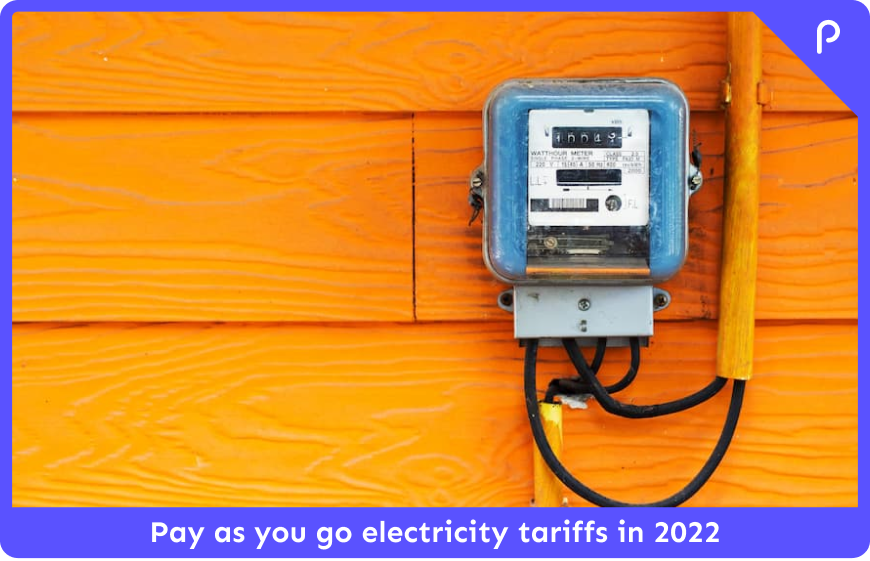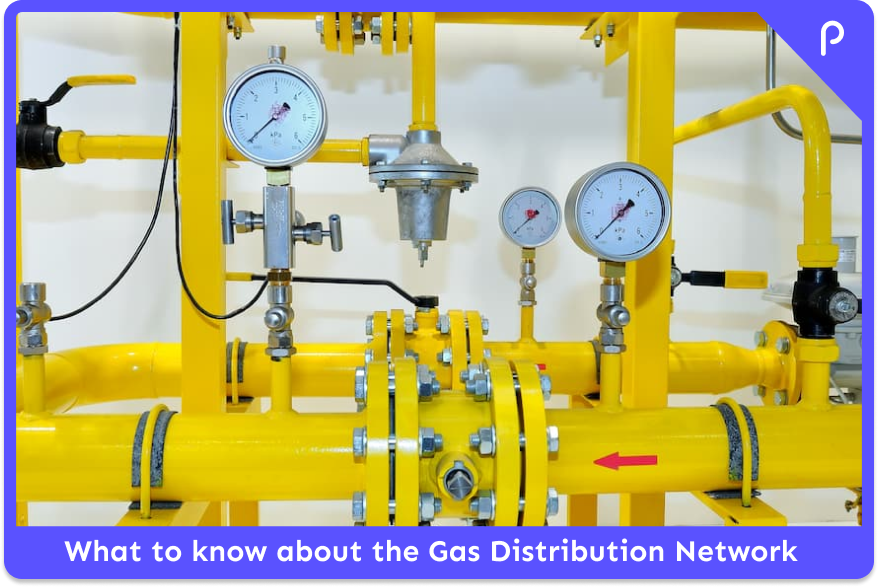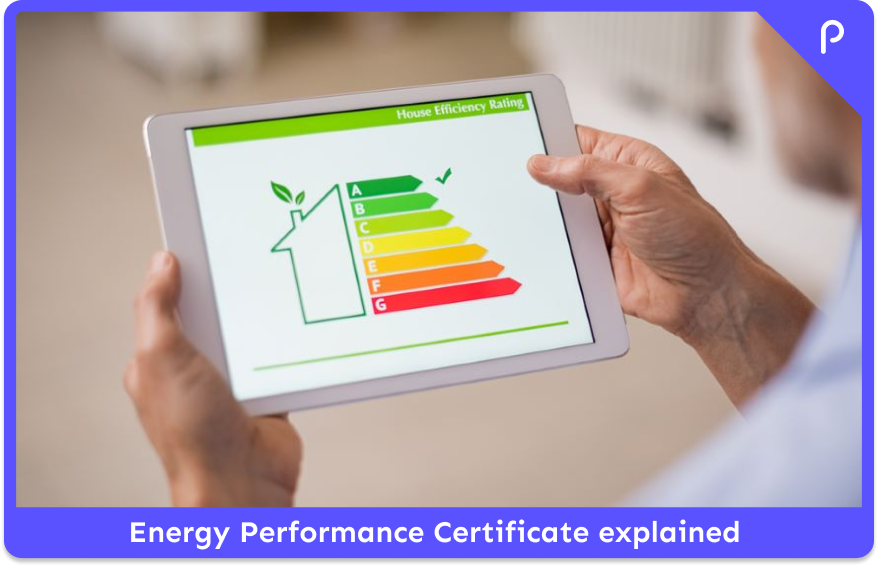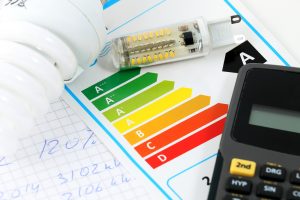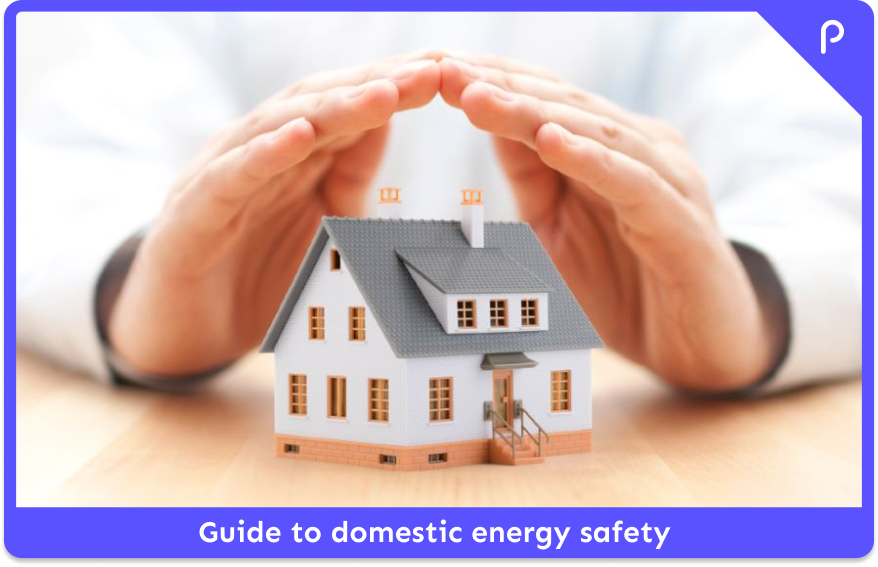Which energy suppliers have already gone bust?
In the past few weeks, a few energy companies have gone bust. More are expected to go out of business in the coming weeks. Therefore, the table below will be updated daily.
| Supplier That Went Bust | New Supplier | When They Ceased Trading | Number of Customers |
|---|---|---|---|
| Zog Energy | TBA | December 2021 | 11 700 domestic |
| Entice Energy | Scottish Power | November 2021 | 5 400 domestic |
| Orbit Energy | Scottish Power | November 2021 | 65 000 domestic |
| Social Energy Supply | British Gas | November 2021 | 5 500 non-domestic |
| Neon Reef | British Gas | November 2021 | 30 000 non-domestic |
| CNG Energy | Pozitive Energy | November 2021 | 41 000 non-domestic |
| MA Energy | Utilita | November 2021 | 6 000 domestic |
| Omni Energy | Smartest Energy | November 2021 | 300 non-domestic |
| Zebra Power | British Gas | November 2021 | 14 800 domestic |
| Ampoweruk | Yü Energy | November 2021 | 600 domestic and 2 000 non-domestic |
| Bluegreen Energy | British Gas | November 2021 | 5 900 domestic |
| GOTO Energy | Shell Energy | October 2021 | 22 000 domestic |
| Daligas | Shell Energy | October 2021 | 9 000 domestic |
| Colorado Energy | Shell Energy | October 2021 | 15 000 domestic |
| Pure Planet | Shell Energy | October 2021 | 235 000 domestic |
| Igloo Energy | E.ON Next | September 2021 | 179 000 domestic |
| ENSTROGA | E.ON Next | September 2021 | 6 000 domestic |
| Symbio Energy | E.ON Next | September 2021 | 48 000 domestic |
| Avro | Octopus Energy | September 2021 | 580 000 domestic |
| Green | Shell Energy | September 2021 | 255 000 domestic |
| Utility Point | EDF | September 2021 | 220 000 domestic |
| People’s Energy | British Gas | September 2021 | 350 000 domestic and 1,000 businesses |
| MoneyPlus Energy | British Gas | September 2021 | 9 000 domestic |
| PFP Energy | British Gas | September 2021 | 82 000 domestic and 5 600 non-domestic |
| HUB Energy | E.ON Next | August 2021 | 6 000 domestic and 9 000 non-domestic |
Will your energy supplier go bust?
At the beginning of this year, there were 70 energy suppliers in the UK. With the ongoing crisis, industry sources predict that by the end of 2021, the UK might be left with just 10 suppliers.
Until now we see smaller companies going bust first, because it is hard for them to cope with the record high wholesale gas prices.
More suppliers might go bust in the coming weeks. Bigger providers are also not out of risk. In fact, the 6th biggest provider, Bulb, has announced that it is seeking a bailout. The are hoping to get financial help from an investment bank in order to stabilise and survive the market crisis
If your current provider is a smaller one, you might be thinking that it is at a huge risk and will most likely go out of business. However, nothing can be confirmed yet as the situation is changing daily. It is best to follow the news and stay informed.
The table below shows the level of risk for active suppliers to go bust due to the energy crisis. The suppliers in with low risk are the biggest companies on the market and are therefore the most stable. The biggest portion of suppliers falls into the moderate risk group. At the moment only four are considered to be at high risk.
The table will be updated constantly.
| Supplier | Risk of going bust |
|---|---|
| British Gas | Low |
| Scottish Power | Low |
| E.ON/E.ON Next | Low |
| OVO Energy | Low |
| Octopus Energy | Low |
| EDF | Low |
| Utility Warehouse | Low |
| Shell Energy | Low |
| Ecotricity | Low |
| Outfox the Market | Moderate |
| Utilita Energy | Moderate |
| Together Energy | Moderate |
| So Energy | Moderate |
| Coop Energy | Moderate |
| Boost | Moderate |
| ESB Energy | Moderate |
| Click Energy | Moderate |
| E Energy | Moderate |
| Bristol Energy | Moderate |
| Marks & Spencer Energy | Moderate |
| Green Energy UK | Moderate |
| Good Energy | High |
| Bulb | Under Administration |
What if your energy supplier goes bust?
In the case of your supplier going bust, Ofgem will still provide your home with electricity and gas. In the meantime, they will select and transfer you to a new supplier. At this point, you don't need to do anything, but wait to be contacted with further information. While you wait, you can take a meter reading and a note of your account balance for future reference.
You are in credit
The newly appointed supplier will have to pay back the remaining credit that is left from your previous supplier. When you are transferred to the new supplier, they will contact you with instructions. If you have consumed energy but you have not been paid for it yet, they will deduct it from your account.
You are in debt
If you are in debt to your previous supplier, it depends on the agreement between the new and the old supplier, to which of the two you should pay it back.
If the new supplier decides to take care of the customer debts, then you can pay your debt to them. Otherwise, you will have to pay it back to your previous supplier or their administration. In any case, you will receive information about this process by the new supplier.
What if you use a smart meter?
Although it is unlikely, you might be transferred to a supplier that does not operate with smart meter. If you have used one with your old supplier, then the smart meter will be used as a traditional one and the readings will be taken manually.
What tariff will you be switched to?
If your supplier goes out of business it means that your contract with them will be terminated. Ofgem will try to find a good deal for you and transfer you to another supplier of their choice.
With the new supplier you will be put on a deemed contract. This contract can be more expensive than your old one. If you are not positive about the new price, you can shop around and look for cheaper deals from other suppliers or contact your new supplier and ask for a better tariff.
What about switching your supplier?
Energy bills will go up and you might find it hard to cope with the prices. Therefore, you should always be open minded about switching to a better supplier and looking for the cheapest electricity and the cheapest gas tariffs. We at Papernest are here to help you find the best supplier for you and make the switch.
Should you switch to a bigger supplier?
If you are currently on a contract with a smaller energy supplier, you might be wondering if you should quickly switch to a bigger supplier. It is true that smaller suppliers face bigger struggles during the crisis as they have less financial resources, political back-up and therefore it is harder for them to sustain their business and keep running. However, all suppliers, including the bigger ones, are currently experiencing big disruption and financial instability.
If you are with a smaller supplier, we would recommend staying with them for the time being, as it is still not clear which suppliers will go bust. It is best to wait and see how the situation on the energy market will change in the coming days and weeks and then make an informed decision. In case your supplier does go bust, you will be automatically transferred to a bigger provider by Ofgem.
When can I switch to another supplier?
If you are transferred to a new supplier because your previous one went out of business and you are not happy with the new tariff, you can always be on the look for another provider. However, you can switch suppliers after the transfer to the supplier appointed by Ofgem is completed.

Want to switch energy suppliers? Switching with us has never been simpler.
Free Service
Let Papernest help you with your electricity and gas needs.
More info
What can the government do to help?
The secretary of State for Business Energy and Industrial Strategy, Kwasi Kwarteng, confidently addressed the house of commons on September 20th to ensure there would be no supply issues:
”Firstly, I must stress that protecting consumers is our number one, the primary focus and will shape our entire approach to this important issue. Secondly, I want also to reassure the House that while the UK like other countries in Europe has been affected by global prices, Britain benefits from having a diverse range of gas supply sources.”
“We have sufficient capacity and more than sufficient capacity to meet demand and we do not expect supply emergencies to occur this winter. There’s absolutely no question of the lights going out or people being unable to heat their homes. There will not be three-day working weeks or throwback to the 1970s. Such thinking is unhelpful and completely misguided.”
“In any scenario, we will ensure UK consumers have continuity of supply through a Supplier of Last Resort or a special administrator if needed.”
Kwasi Kwarteng reassured that the government will do everything possible to make the move of customers to their new suppliers go without any inconveniences for them. He also shared that at this moment they are not planning to drop the Energy Price Cap, as the government is certain that this is the only way to protect customers from the ongoing energy price increase.
In order to support eligible companies in need and to help them survive the crisis, the UK government is going to offer bailout loans. However, these loans will be available only for companies that meet specific requirements.
At the same time, bigger suppliers are struggling to cope with the expenses of incoming new clients that are being transferred to them from the failed suppliers. They have asked for the formation of “bad banks”, backed-up by the government to cover the costs for the new customers.
What are the reasons for the energy market crisis?
Many things are to blame for the huge energy crisis that has caused so much disruptions in the UK for businesses and customers. Although globally there is an increased demand for gas and increased energy prices, the UK has been hit particularly hard. The wholesale prices of gas have increased by 250% since January, and with a 70% rise since August.
![]()
*the graph is sourced from Bloomberg
What has caused the record high gas prices?
As economies start to recover and restart after Covid lockdowns, there is a global surge in demand for gas, including the UK. Additionally, the UK had nicer weather in the past few weeks, which negatively affected the wind power industry, which accounts for 20% of the electricity in the country. Due to this, there has been an even higher need for natural gas to produce electricity. At the same time, Europe has been faced with lower supply of natural gas from Russia, as China has been a priority destination for them.
Is Russia to blame?
During the long winter, there has been a lower supply of natural gas from Russia to Western Europe, which has failed to meet the increasing demand. Russia’s state-backed monopoly gas exporter, Gazprom, has managed to complete its long-term supply contracts but has not offered a top up option, which has caused deficiency of gas throughout Europe. In fact, Gazprom has been focused on supplying Asia, and mostly China, which has shown huge demand for energy post lockdowns. In fact, the CEO of Russia’s Gazprom, Alexei Miller, shared that “the Asian market is more attractive for producers and investors”. This is very worrying for Europe, as it relies on Russia for a big part of its gas supply and could disturb the energy market even further.
What about Brexit?
Back in 2016, the government promised to reduce gas prices after Brexit and lower the energy bills by cutting the VAT on them. Fast forward to now, the gas prices have been surging, the VAT has not been removed and customers are about to face one of their hardest and most expensive winters when it comes to energy bills. Although energy prices have been very high in Europe, the countries in the European Union have the means to balance the energy prices across the union.
![]()
What are the consequences?
The real result from the crisis is yet to be seen. The crisis has caused the closure of many businesses in the energy sector, big problems in the food manufacturing and supply industry, and shortage of fuel in petrol stations.
The UK energy crisis has already led to not only suppliers going bust and struggling to keep up with increasing gas prices, but also to production issues in the food sector. The real consequences of the crisis are yet to be seen in the coming weeks and months.
Will the Energy Price Cap be increased?
The Energy Price Cap was designed by Ofgem to set a maximum tariff that energy providers can charge their customers, and therefore protect customers from overpaying for energy bills.
In August this year, the Energy Price Cap was reviewed and Ofgem announced that from the 1st of October the Cap will be increased, causing a 12% rise in energy bills. Customers on default plans would face an increase of £139 vs the previous cap, going from £1,138 to £1,277, while customers on prepaid plans will experience an increase in the price cap of £153, going from £1,156 to £1,309.
Under normal circumstances, the next review of the Price Cap should be in February 2022. However, due to the increasing wholesale gas prices, the government is under pressure to lift the Cap and let energy providers raise their tariffs even more. So far, the government has been hesitant to do this as the Cap is the way to protect customers from overpaying.
Will the energy market become oligopolistic?
Seven smaller energy companies have already gone bust in just a couple of weeks, while bigger and more stable providers have been appointed to take on their customers. This raises the question whether the UK energy market will lose its competitiveness and will move back to being oligopolistic, where just a few providers dictate the prices. The secretary for business, Kwasi Kwarteng, shared that the government wants to support energy companies with state backed loans, and thus keep the market competitive and diverse.
Is there going to be a domino effect?
Other effects from the crisis are already in place. There has been a huge shortage of carbon dioxide caused by the closure of energy intensive fertiliser producers who cannot sustain the high gas prices.
Carbon dioxide is used by food manufacturers to stun animals prior to slaughter and to keep food fresh for storage, increase the shelf-life, and ensure the safe transportation to supermarkets. As a result, the food industry is facing a problem with the production of food products and the supply of supermarkets, which could lead to shortage and empty shelves. The chief executive of the British Meat Processors Association warned that consumers might not be able to find meat products in supermarkets in the coming weeks. CO2 is also used for poultry and fizzy drinks, which could soon be hard to find too.
Looking to switch energy deals?Leave your phone number to request a call back from us!
Free Service


